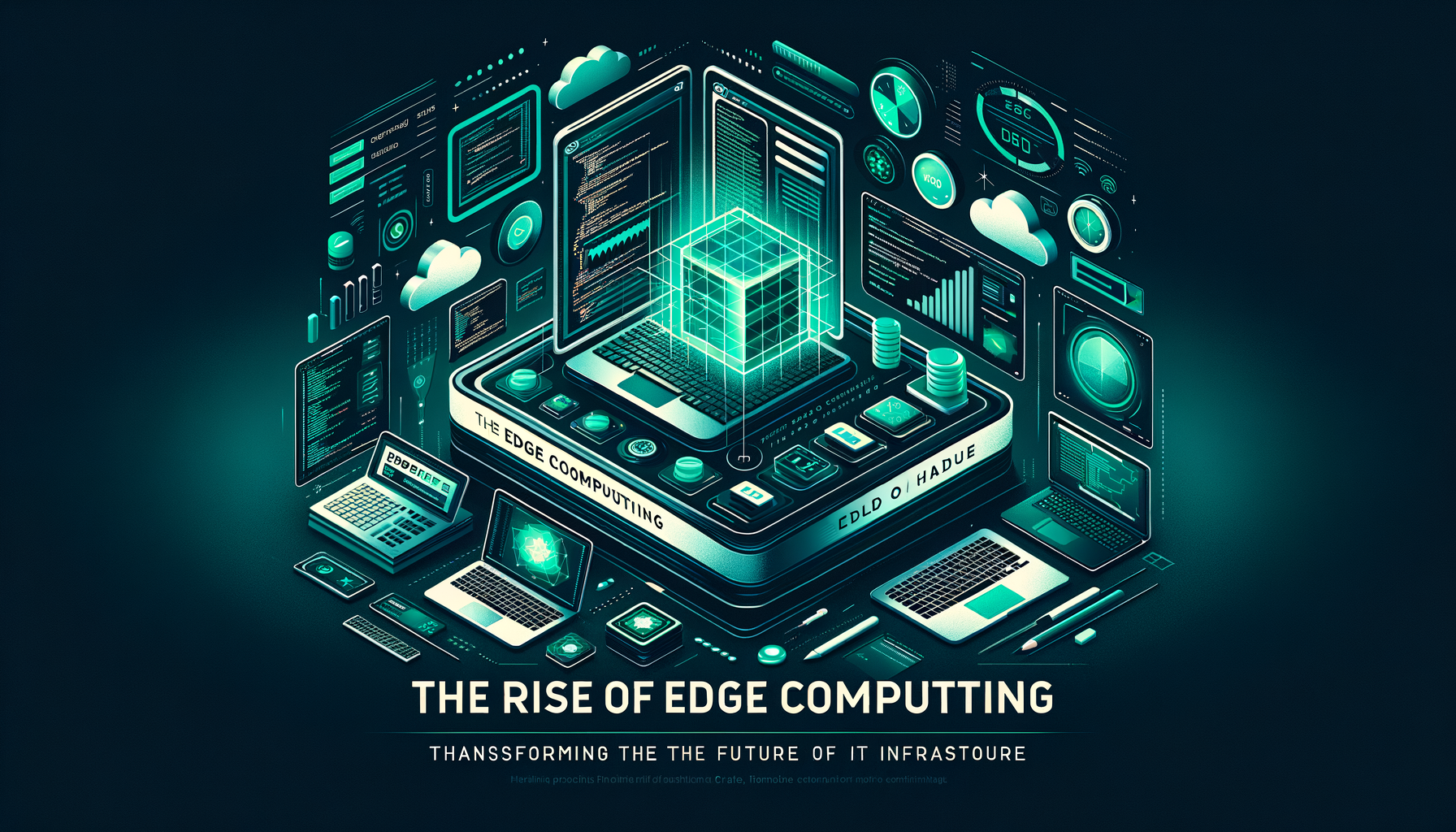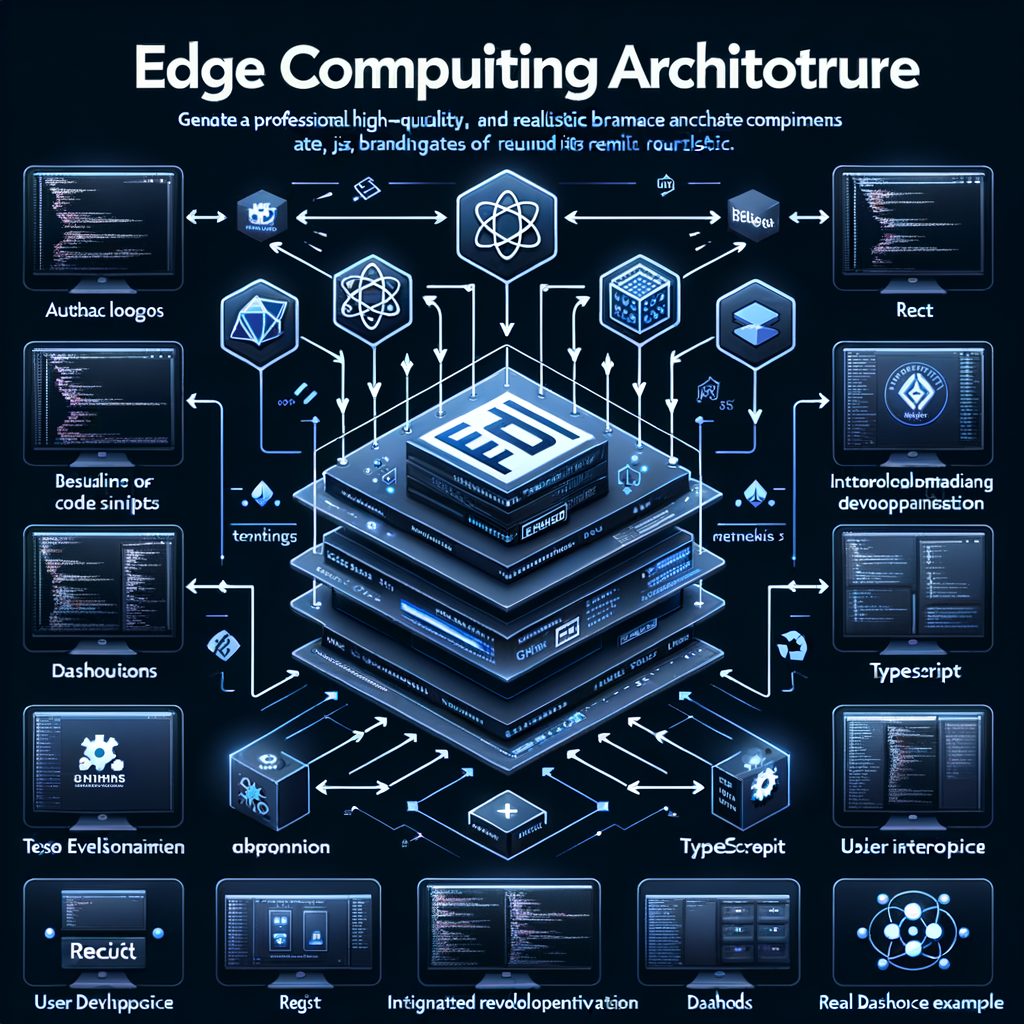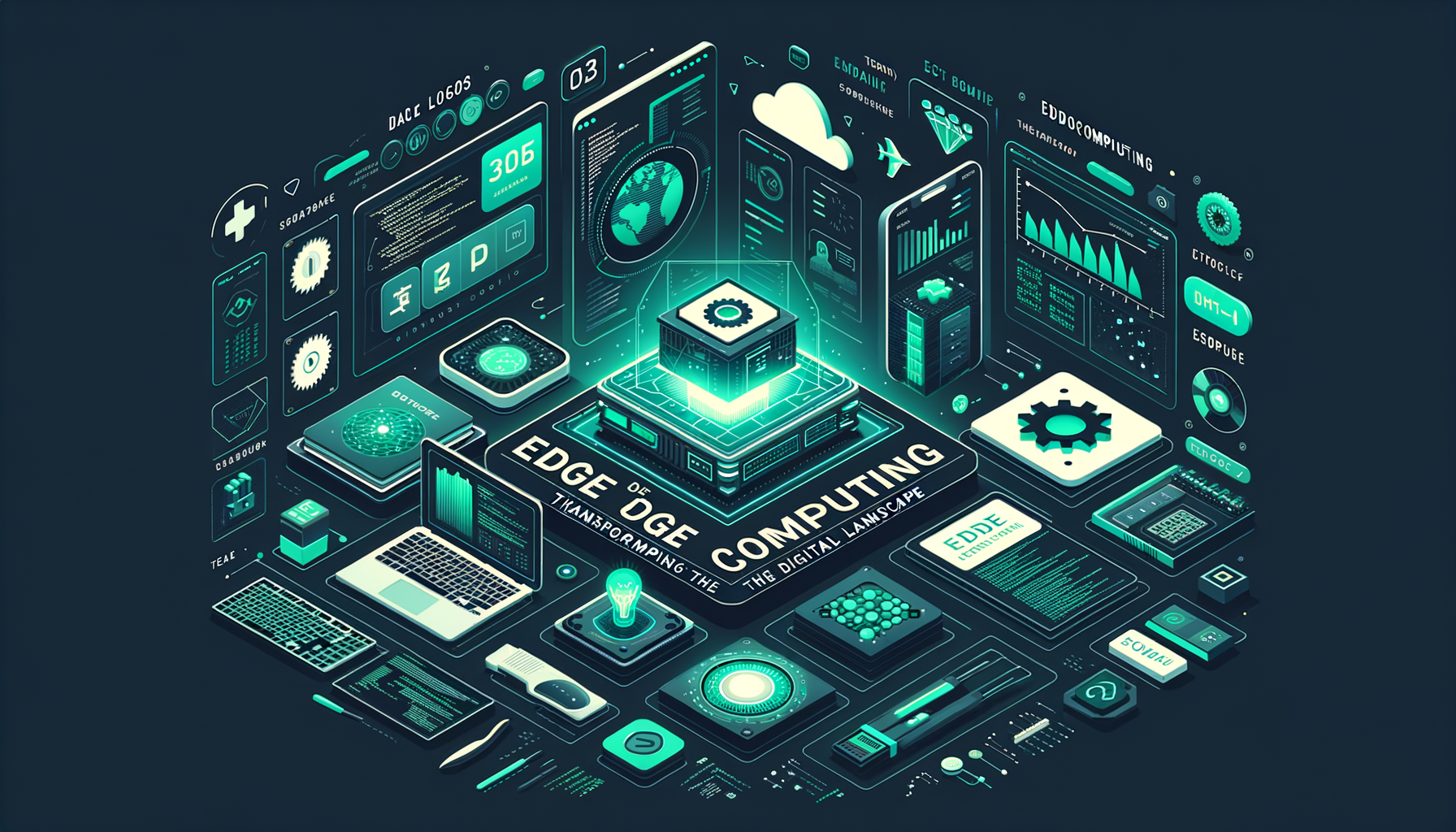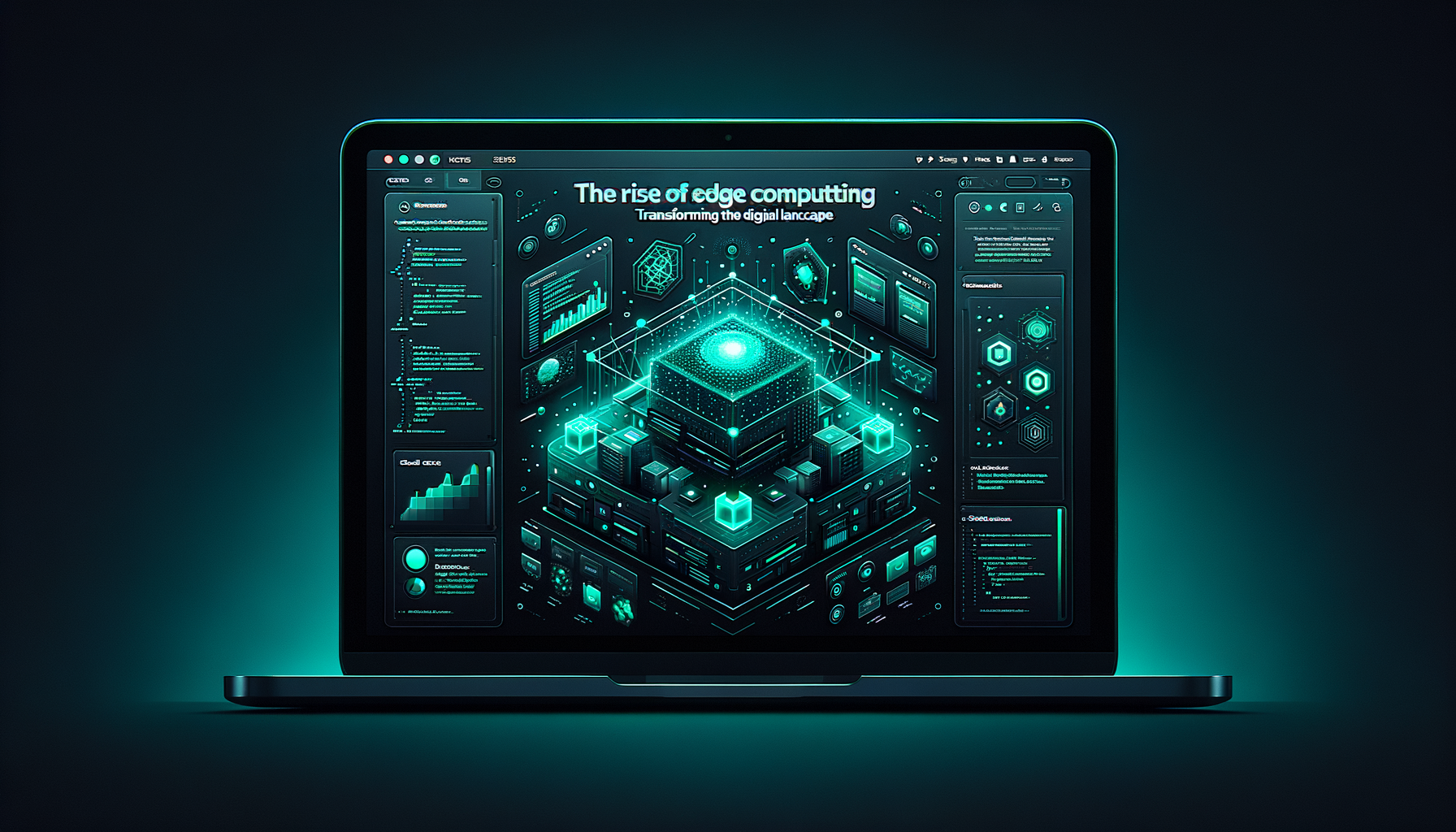
The Rise of Edge Computing: Transforming the Future of IT Infrastructure
Edge computing is revolutionizing IT infrastructure by bringing data processing closer to the source, offering speed, efficiency, and security benefits.
Introduction
In recent years, the concept of edge computing has emerged as a transformative force in the realm of IT infrastructure. By decentralizing data processing and bringing it closer to the source, edge computing addresses latency issues, enhances data security, and improves overall system efficiency. This article delves into the current state of edge computing, its key developments, implications, and what developers should focus on as this technology continues to evolve.
Current State of the Industry
Edge computing is gaining traction across various sectors, from manufacturing and healthcare to retail and telecommunications. According to a report by Gartner, the use of edge computing is expected to increase by 75% by 2025, driven by the proliferation of IoT devices and the need for real-time data processing. Companies like Amazon, Microsoft, and Google are investing heavily in edge solutions, indicating a robust interest and growth in this area.
Key Developments and Catalysts
Several technological advancements have acted as catalysts for the rise of edge computing:
- 5G Networks: The rollout of 5G networks has significantly enhanced the bandwidth and speed capabilities required for effective edge computing.
- IoT Expansion: With billions of IoT devices generating massive amounts of data, edge computing provides a viable solution to manage and analyze this data efficiently.
- AI Integration: The integration of AI at the edge allows for smarter, more autonomous systems capable of real-time decision-making.
const processDataAtEdge = (data) => {
// Simulate data processing at the edge
return data.map(item => item * 2);
};
console.log(processDataAtEdge([1, 2, 3])); // [2, 4, 6]
The above code demonstrates a simple example of processing data at the edge, where operations are performed locally rather than relying on cloud-based resources.
Analysis of Implications
The implications of edge computing are profound. By reducing latency, businesses can offer enhanced customer experiences, particularly in time-sensitive applications such as autonomous vehicles and healthcare monitoring systems. Furthermore, processing data locally reduces the risk of data breaches by minimizing the amount of sensitive information transmitted over networks.
Potential Challenges and Concerns
Despite its advantages, edge computing presents several challenges:
- Infrastructure Complexity: Managing a distributed network of edge devices can be complex and resource-intensive.
- Data Privacy: Ensuring data privacy and compliance with regulations such as GDPR remains a concern.
- Standardization: The lack of standardization across edge devices and platforms can hinder interoperability.
Predictions and Recommendations
As edge computing continues to evolve, several trends are likely to shape its future:
- Increased Adoption in Smart Cities: Edge computing will play a crucial role in enabling smart city applications, from traffic management to energy distribution.
- Enhanced Machine Learning Capabilities: More sophisticated machine learning models will be deployed at the edge, enabling advanced analytics and automation.
- Robust Security Protocols: Developing robust security protocols will be essential to protect edge devices from cyber threats.
# Example of deploying an edge application
npm install edge-computing-sdk
edge-deploy --project=my-edge-project --device=my-device
This example illustrates how developers can use a hypothetical SDK to deploy applications to edge devices, streamlining the development process.
What Developers Should Watch or Learn
Developers interested in edge computing should focus on:
- Understanding Edge Architectures: Familiarize yourself with different edge computing architectures and deployment models.
- Learning IoT Protocols: Gain proficiency in IoT communication protocols such as MQTT and CoAP.
- Exploring AI and ML: Integrate AI and machine learning capabilities to enhance edge computing solutions.


Conclusion with Actionable Insights
Edge computing represents a significant shift in how we approach IT infrastructure and data processing. By reducing latency, enhancing security, and improving efficiency, it offers substantial benefits across various industries. However, developers and businesses must navigate challenges related to complexity and standardization. Staying informed about technological advancements and focusing on strategic implementation will be crucial for harnessing the full potential of edge computing.
In conclusion, as the edge computing landscape continues to evolve, it presents both opportunities and challenges. By staying proactive and adaptable, developers and organizations can leverage edge computing to drive innovation and efficiency in their operations.
Comments (0)
Please sign in to comment

